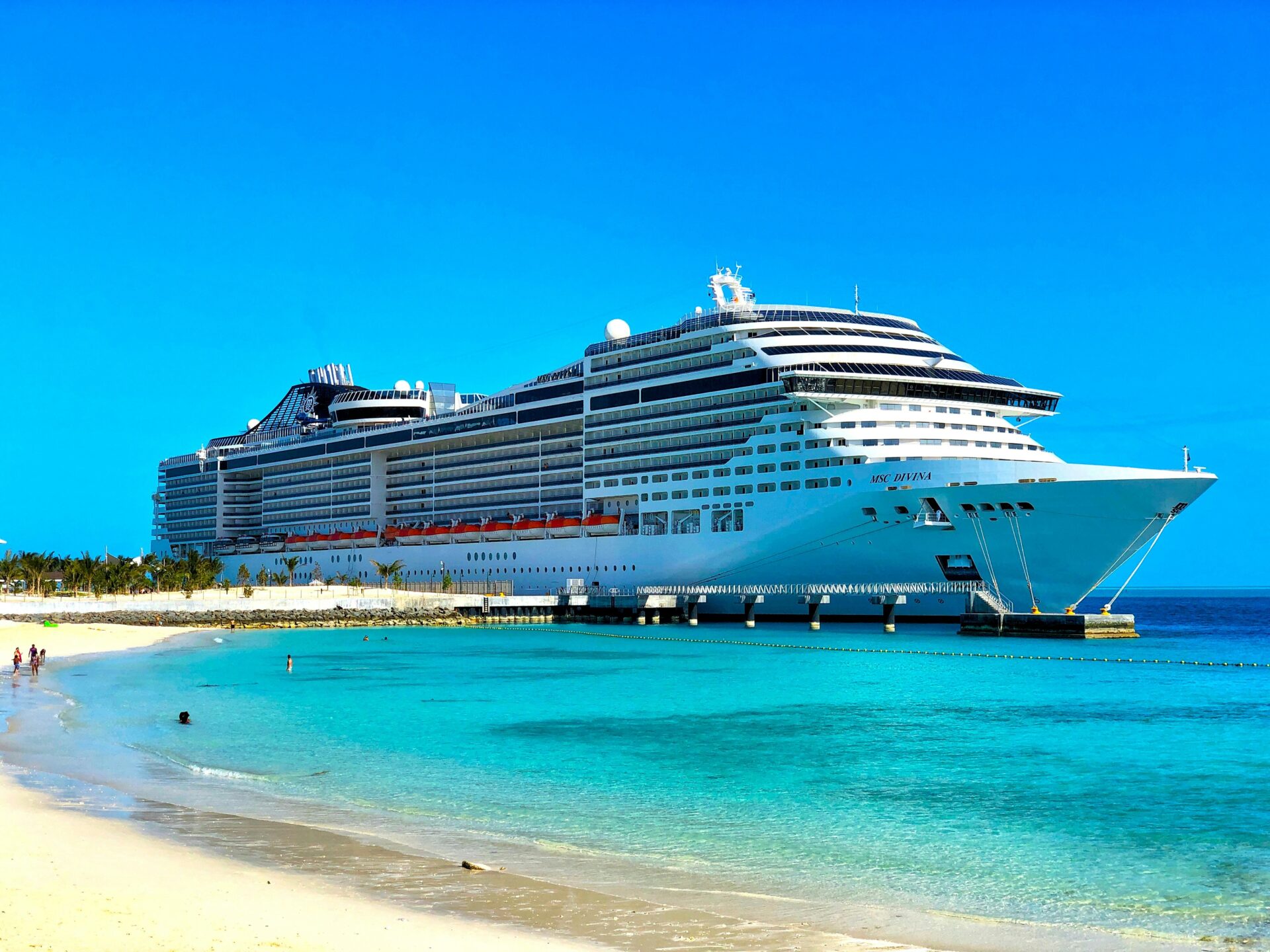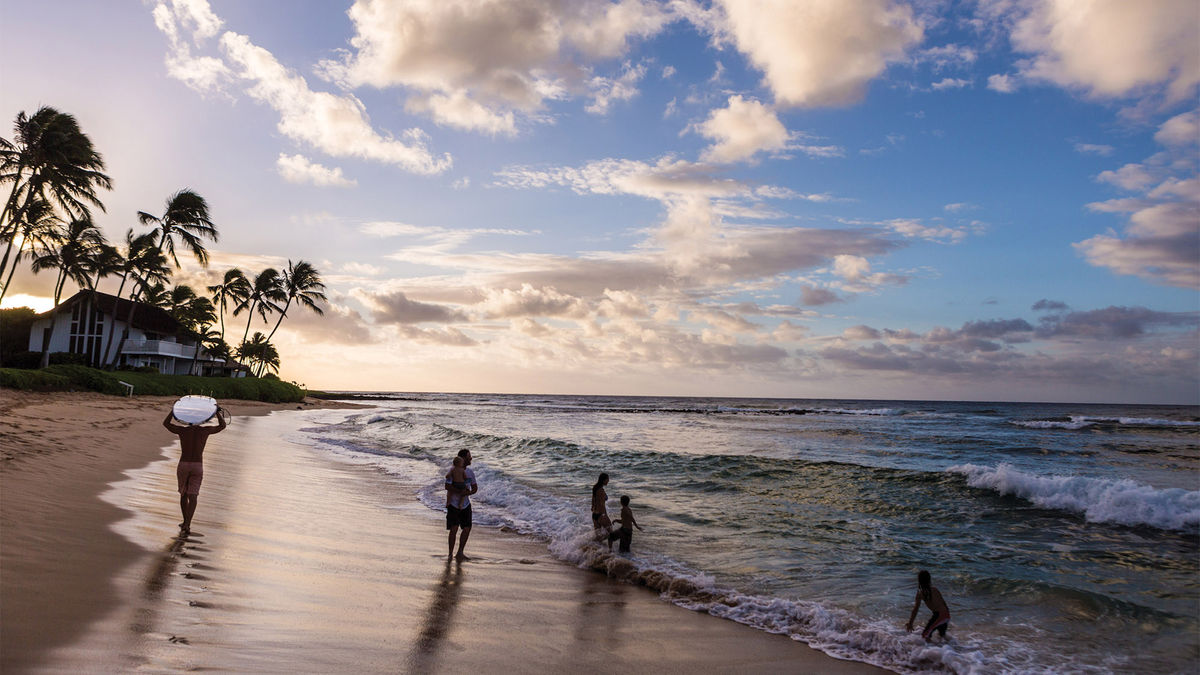Tuscany, central Italy, with its rolling hills covered in vineyards and olive trees, historic medieval towns, stunning Mediterranean coastline, and cuisine crafted from fresh local ingredients, is renowned worldwide.
The region, home to a major city, Florence, consistently makes its mark among the best cities in Europe. Other gems include Siena, Lucca, Pisa, San Gimignano, and Volterra., along with thermal hot springs in Saturnia, serene beaches at Forte Dei Marmi and Porto Ercole, lush countryside wineries, and local cuisine.
Its vast landscape offers so much to explore and enjoy that curating the most exceptional highlights can seem a formidable task. However, insights from experts in the region, Giulia Scarpaleggia, the author of a cookbook specialized in Tuscan cuisine, and Christian Scalisi, a lawyer and co-owner of a villa in Tuscany, stand to aid travelers to navigate the region more efficiently.
Tuscany offers luxurious hotel stays, such as Borgo San Felice, a historic village nestled in the countryside with a Michelin-starred restaurant. Wine tasting, for instance, at Antinori Nel Chianti Classico, ranks high on the list of must-dos in Tuscany. A visit to Italy’s oldest and largest outdoor antiques fair at Arezzo Antiques Fair, held on the first weekend of every month. Restaurants, such as Michelin-starred Ristorante Il Pellicano at Hotel Il Pellicano, serving gourmet tasting menus, coupled with breathtaking views, should be added to any itinerary. Lastly, immersing oneself the beauty of Siena, one of Italy’s best-preserved medieval cities, touting at least a full day’s exploration, is highly recommended.
Tuscany’s urban lifestyle and countryside coalesce elegantly to offer a gastronomic delight from an array of restaurants. The Osteria di Fonterutoli, a restaurant located on the Mazzei winery estate, amidst the typical Tuscan landscape, offers a leisurely lunch accompanied by a glass of Chianti from the estate itself. The Trattoria Bel Mi’ Colle, renowned for fresh, locally sourced, seasonal ingredients, and Gigliola, a modern osteria offering a blend of traditional and contemporary dishes, are not to be missed. An upscale culinary experience awaits at Il Pellicano, a Michelin-starred restaurant housed in the legendary Hotel Il Pellicano, with an à la carte menu of sublime dishes enjoyed whilst overlooking the tranquil sea.
With no inappropriate time to visit, the choice of season largely depends on individual interests. Summer is typically high season, whilst winter offers more peaceful exploration of cities like Florence and Siena. The milder seasons of spring and fall offer the best weather.
Travel to Tuscany is straightforward, with the Amerigo Vespucci Airport in Florence and the Galileo Galilei Airport in Pisa serving the wider region. It is also possible to fly into Rome or Milan and take a train or drive to Tuscany, a pre-planned route depending on the agenda.
Historically important cities like Florence and Siena fall under Tuscany’s umbrella, alongside unique towns like Pietrasanta, Lucca, Val d’Elsa, and Pienza, each basking in their respective charm and character.
Opting for trains is efficient for most city travels and small towns, but an open exploration of the countryside is best accomplished by car. With Tuscany’s grandeur spread across vast landscapes, planning how to get around efficiently and delightfully is critical, as the real charm of Tuscany is in its artistic heritage, which lies in the balance between its glorious towns and rural wonders.




